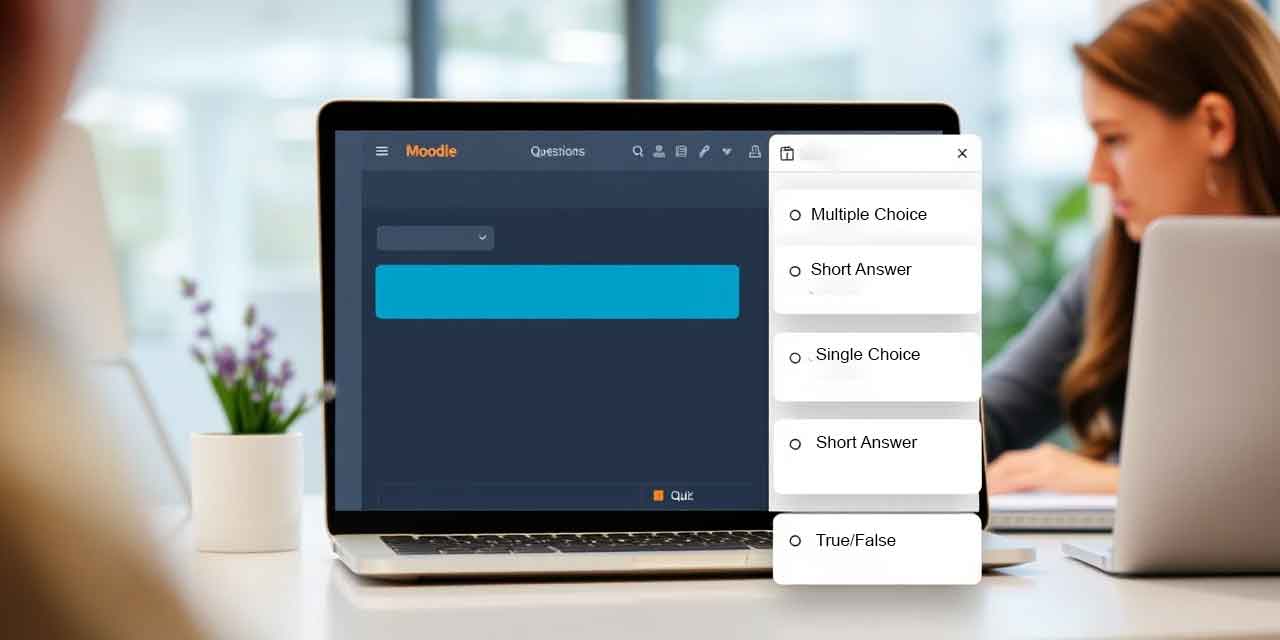In today’s fast-paced digital world, e-learning animation is revolutionizing the way we teach and learn. By combining visuals, motion, and storytelling, animation makes online courses more engaging, inspiring, and effective. Whether you’re an educator, corporate trainer, or instructional designer, incorporating animation into your e-learning strategy can take your courses to the next level.
This post will explore seven powerful ways e-learning animation can transform learning experiences. Along the way, we’ll provide examples, tips, and insights to help you create animated content that truly resonates with your audience.
Table of Contents
1. Simplify Complex Concepts
Animation is an excellent tool for breaking down intricate ideas into digestible pieces. Visual explanations make abstract or technical subjects easier to understand, improving comprehension and retention.
Example:
Imagine teaching a physics concept like “how electricity flows.” A 2D animated diagram showing the movement of electrons in a circuit can make this idea much more accessible than a static image or text description.
Pro Tip: Use animations to illustrate processes, systems, or relationships that are difficult to visualize. Tools like Vyond and Animaker are beginner-friendly platforms for creating these types of animations.
2. Capture Attention with Storytelling
People love stories. Animation allows you to weave storytelling into your e-learning content, making lessons more relatable and memorable.
Example:
In a healthcare training module, you could use an animated character named Sarah who navigates various patient care scenarios. Following Sarah’s journey keeps learners emotionally invested.
External Link: Learn how storytelling improves learning outcomes with insights from Harvard Business Review.
3. Boost Engagement with Gamified Elements
Animations can be used to create gamified elements like progress bars, rewards, or challenges. Gamification motivates learners by tapping into their competitive spirit.
Example:
In a language learning app, animated badges and trophies can reward users for completing modules or achieving milestones, encouraging them to keep going.
Pro Tip: Pair gamification with short, animated feedback clips to reinforce positive behavior.
4. Make Training Inclusive and Accessible
E-learning animation is versatile enough to cater to diverse learning styles. Whether your learners are visual, auditory, or kinesthetic, animated content ensures everyone is included.
Example:
Create animated sign language interpreters or subtitles for hearing-impaired learners. Use bright visuals and intuitive designs to engage visually impaired users with narrated animations.
Pro Tip: Always include captions, and test your animations for accessibility compliance.
5. Reduce Cognitive Load
Animated e-learning materials can reduce cognitive load by presenting information in small, manageable chunks. This helps learners process and retain information without feeling overwhelmed.
Example:
Instead of presenting a full 30-minute lecture, break it into three 10-minute animated segments that focus on specific topics.
Pro Tip: Combine animations with interactive quizzes to reinforce key points.
6. Add Humor and Personality
E-Learning Animations allow you to add a touch of humor and personality to your e-learning courses, making them more enjoyable.
Example:
A corporate compliance training course can use an animated character who humorously highlights “what not to do,” keeping the tone light while reinforcing important points.
Pro Tip: Use humor strategically to align with your audience’s preferences and cultural norms.
7. Enable Real-Time Feedback and Customization
Interactive e-learning animations can provide instant feedback and allow learners to choose their learning paths. This creates a dynamic and personalized learning experience.
Example:
In a customer service training module, animated scenarios can branch out based on learner decisions, offering customized feedback for each choice.
Pro Tip: Use tools like Articulate Storyline or Adobe Captivate to create these interactive animations.
Conclusion
E-learning animation has the power to engage, inspire, and educate learners in ways that traditional methods cannot. From simplifying complex ideas to adding humor and inclusivity, the possibilities are endless. By leveraging these seven strategies, you can create e-learning experiences that leave a lasting impression.
Ready to transform your e-learning courses with animation? Start experimenting with tools like Vyond, Animaker, or Adobe Animate today, and watch your learners thrive.



